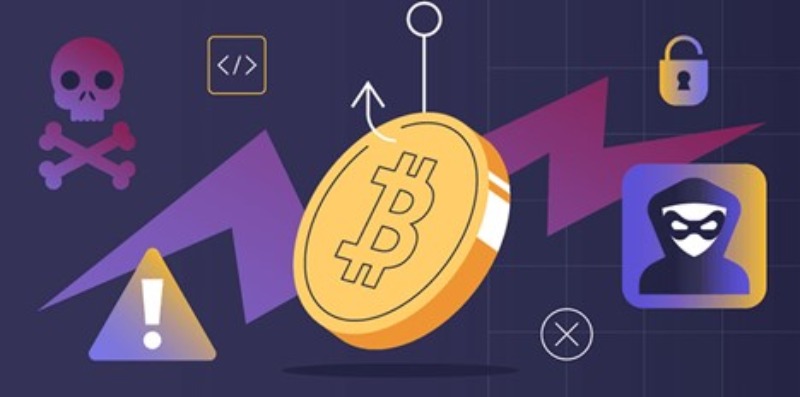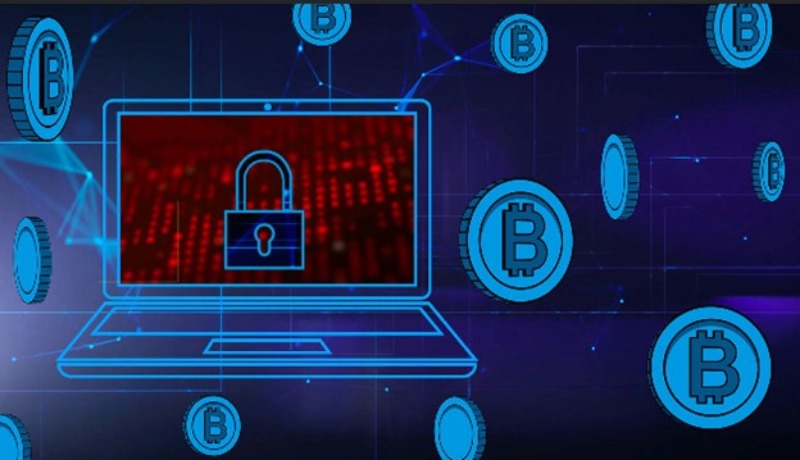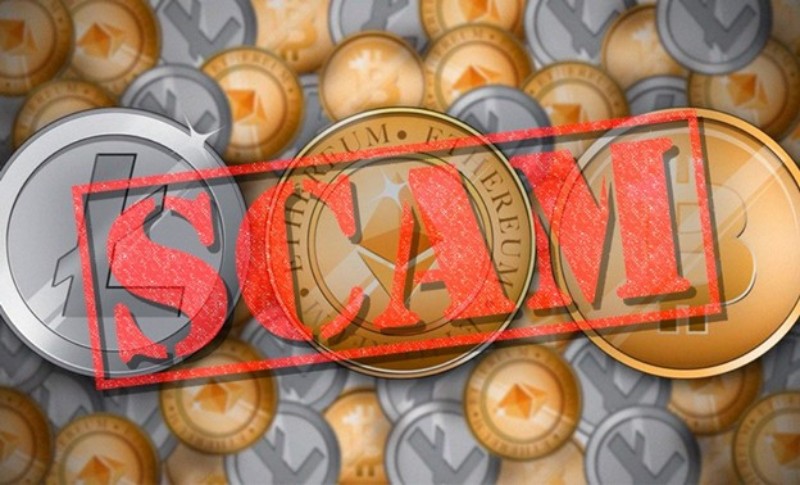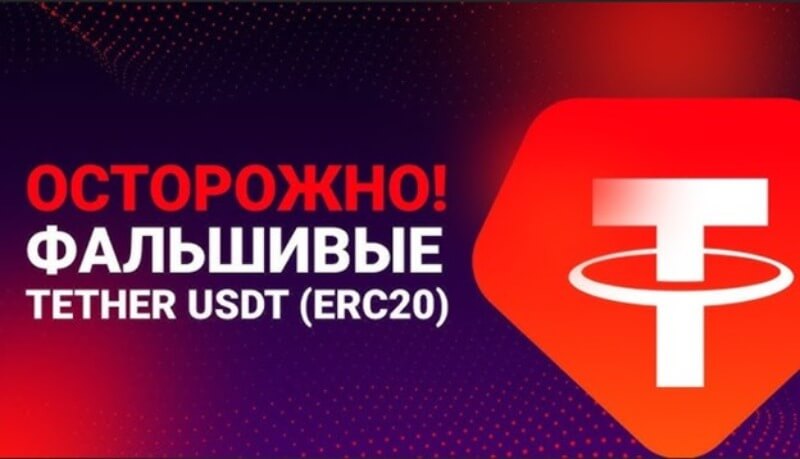With the development of innovative technologies and the widespread availability of the internet, in the context of the digital economy and globalization, fraudsters are finding new ways to make a profit through deception every day. With the growing popularity of digital assets, particularly those like Bitcoin, Ethereum, and others, cryptocurrency exchanges have become key platforms for exchanging, buying, and selling digital products.
However, alongside the development of this market, the number of fraudulent schemes has increased, among which fake cryptocurrency exchanges hold a special place.
Platforms created by fraudsters to illegally appropriate users' funds under the guise of a legitimate exchange service are actively developing and gaining popularity.
Fake Cryptocurrency Exchanges>
False exchange platforms mimic real cryptocurrency exchanges, promising users safe and profitable conditions for exchanging cryptocurrencies. They may have professionally designed interfaces, realistic trading volumes, positive reviews on forums or social networks, and fake licenses and documents.

The main goal is to deceitfully make the user deposit money or cryptocurrency, after which the attackers steal the funds.
How Exchanges Deceive
Fake cryptocurrency exchanges use various methods to deceive users. Here are a few of the most common schemes:
- Phishing attacks – sites are created that visually copy popular exchanges. Users, entering their credentials, unknowingly pass them on to fraudsters, who gain access to their real exchange account and steal funds.
- Manipulating exchange rates – fake exchanges may offer extremely favorable cryptocurrency exchange rates, which attract attention. After the user deposits funds for exchange, the exchange stops functioning or blocks access to the account.
- One popular scheme involves allowing the user to conduct operations with cryptocurrency on the exchange. However, when they try to withdraw funds, the process is stopped due to “technical issues” or additional tasks arise, such as undergoing “additional verification”, which ultimately becomes a reason for stealing the money.
- Imitating real exchanges – quite often fake versions of already known and legitimate exchanges are created, only with slight changes in the domain name. This often misleads users, making them believe they are using a reliable service.

Fake exchanges pose a serious threat to investors, especially those just beginning their journey in financial markets. To avoid falling victim to scammers, it is important to exercise caution and carefully study all conditions of operation.
Signs of a Scam Exchange
To avoid falling victim to a fake exchange, it's important to be able to recognize signs of fraud:
- Unreliable domain names – using domain names that are slightly different from the real ones or have atypical extensions (for example, .net, .info instead of the usual .com).
- Lack of licensing and regulation – legitimate exchanges always have licenses and operate in accordance with regulatory requirements. Scammers often ignore such requirements or forge documents, so it's important to check their license through official regulators.

- If promises of instant high income with minimal risks are made, it might be an exchange scam. There are always risks in the cryptocurrency market, and no legally operating platform can guarantee stable profits.
- Fake exchanges usually hide information about the legal address, and do not provide information about the owners or the team. If there are no contact details on the site, this is a warning sign.
- Before starting cooperation, you should search for reviews on various forums and social networks. If there is no information about the platform or there are many negative reviews, this could be a sign of fraud.
Fake cryptocurrency exchanges are a serious threat to users who invest in cryptocurrencies or engage in trading. Fraudsters use various methods to deceive people and misappropriate their funds
How to Recognize a Fake Exchange
At first glance, it is difficult to characterize the activities of a particular investment resource, but it is still possible to protect oneself from fake exchanges. Some effective expert recommendations can help determine the reliability level of a platform, following which you can preserve your capital and possibly increase it.

Checking the exchange's reputation is a mandatory first step. Before registering on any cryptocurrency exchange, it is necessary to check its reputation. The choice should be made only on platforms with high ratings and positive reviews.
Also helpful for beginners is two-factor authentication. Using this protection method on all accounts related to cryptocurrency exchanges will make it harder to gain access to the account.
Do not click on exchange links received via email unless you are sure of the source. Regular software updates are also important. Official exchange apps downloaded from reliable sources are more secure. If an exchange promises extremely favorable conditions or bonuses, it may be a trap to attract users with the intent of stealing funds.
To protect yourself from unwanted interactions with scammers, it is important to be informed about the most common methods of exchange fraud, develop cyber literacy skills, and implement comprehensive security measures.
